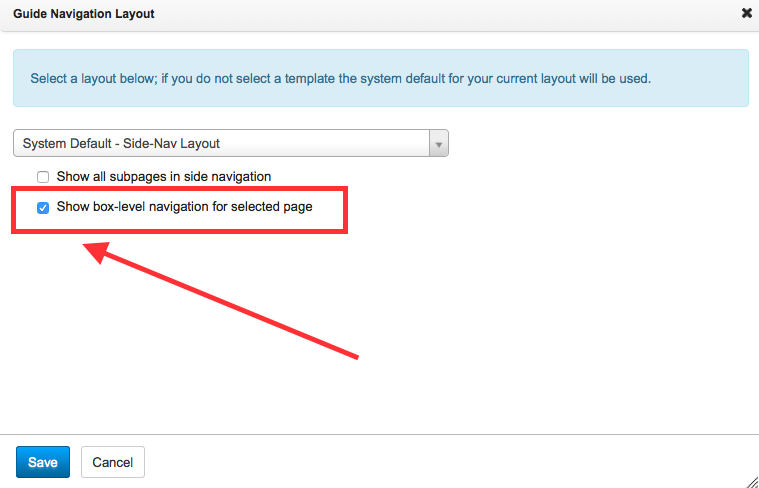LibGuides provides two general options for structuring guides:
- Top-level tabs
- Side navigation (which we are recommending—when feasible—because it provides front-page navigation and eschews information overload by limiting the number of columns on a page.)
For both styles, we recommend that you:
- Avoid too much text. (Usability tests have shown that users tend to skim information on the web and will be more likely to glean relevant information from boxes that contain fewer words and that rely—when applicable—on visual design.)
- Maintain consistency. (This applies both to your own guides and to our larger Research Guides system. As Springshare explains, "People like patterns!")
More general information on writing for the web is available from Springshare's recommendations page.
Specific recommendations:
- Top-level tabs:
- Use no more than two columns per page (with the exception of the profile boxes)
- Use no more tabs than can fit on one line.
- Side-navigation:
- Avoid too many pages and too many boxes within a page
- Set your guide to display box-level navigation so that users can easily find boxes below the fold.

